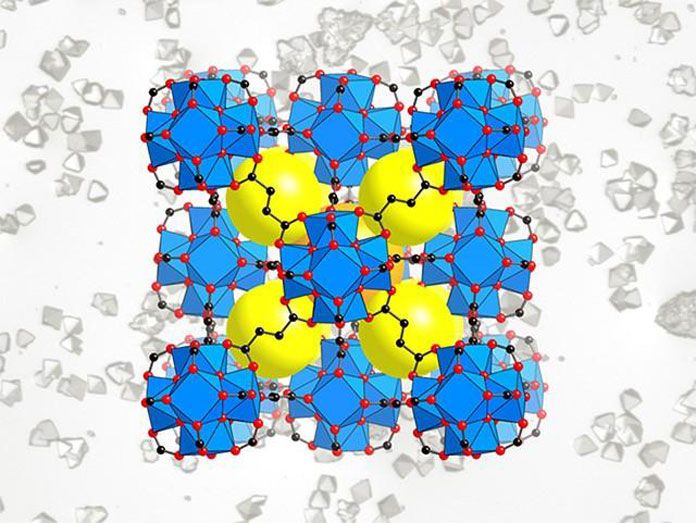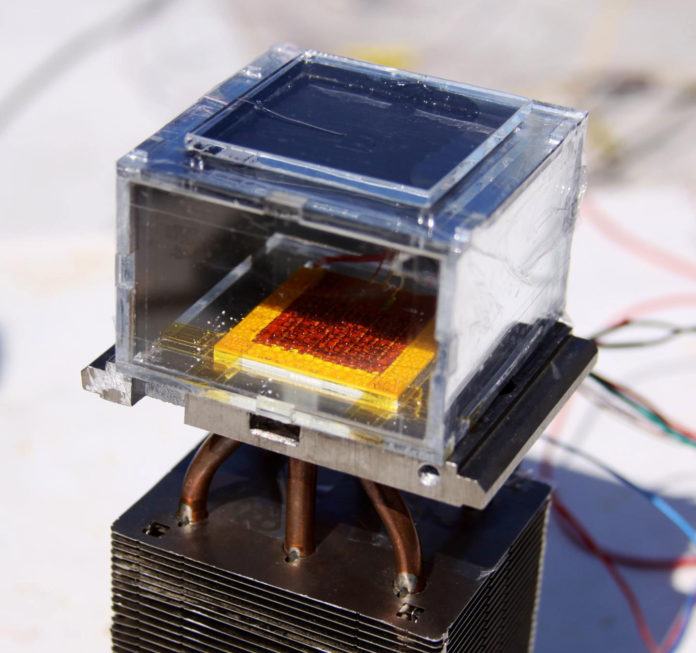Water scarcity will be a future challenge on the planet. We will get plenty of seawater, but not enough fresh and clean water to drink. To provide clean water, various scientists are focusing on distillation process. But, scientists from the MIT University in collaboration with the University of California, Berkeley come up with a new solution to this challenge. They have developed a device that pulls fresh water out of thin air.
The device is known as ‘Solar-powered harvestor’ that sucks fresh water from air uses a special type of material known as a metal-organic framework (MOF). MOFs are structures where metals such as magnesium or aluminum combined with organic molecules in an arrangement that creates rigid, porous structures ideal for storing gasses or liquids.
Omar Yaghi from UC Berkeley said, “This is a major breakthrough in the long-standing challenge of harvesting water from the air at low humidity.”
“There is no other way to do that right now, except by using extra energy. Your electric dehumidifier at home ‘produces’ very expensive water.”

Almost 13,000 trillion liters of water worldwide present in the air all around us. The prototype device is tested under conditions of 20 to 30 percent humidity. Scientists found that the device is able to pull 2.8 liters of fresh water from the air over a 12- hour period by using 1 kilogram of MOF.
Scientists said, “the device could easily be scaled up to provide a family with their freshwater needs for the day.”
The MOF used in this device contains a combination of zirconium metal and adipic acid, which binds water vapor. Scientists decided to took dust-sized crystals of this MOF and compressed them between the solar absorber and a condenser plate. They then placed it inside a chamber that was exposed to the outside air.
As the surrounding air passes through the chamber, water molecules in air attach to the interior surfaces. The sunlight then heated MOF and push the water towards the condenser which has the same temperature as outside air. This vapor condenses as liquid water and drips into a collector to provide clean drinking water.
Evelyn Wang, MIT team leader said, “This work offers a new way to harvest water from air that does not require high relative humidity conditions and is much more energy-efficient than other existing technologies.”
Yaghi said, “It’s not just that we made a passive device that sits there collecting water; we have now laid both the experimental and theoretical foundations so that we can screen other MOFs, thousands of which could be made, to find even better materials.”
“There is a lot of potential for scaling up the amount of water that is being harvested. It is just a matter of further engineering now. To have water running all the time, you could design a system that absorbs the humidity during the night and evolves it during the day.”
“Or design the solar collector to allow for this at a much faster rate, where more air is pushed in. We wanted to demonstrate that if you are cut off somewhere in the desert, you could survive because of this device.”
